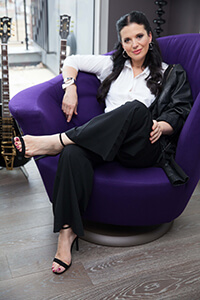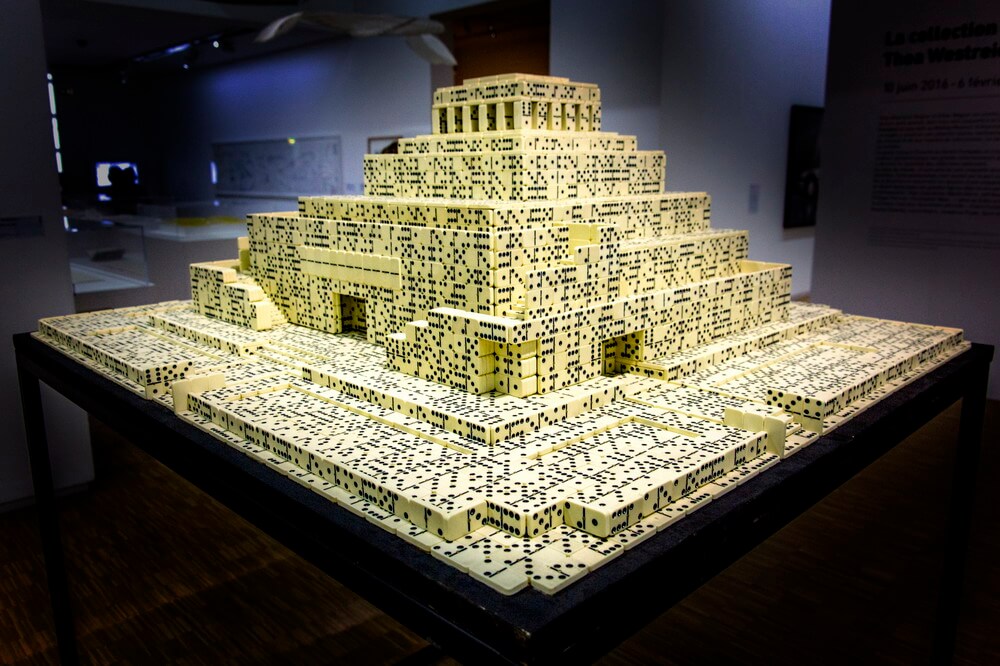Olga Balakleets: “A little about Big Culture…”

Olga Balakleets, a concert pianist, producer, organizer of international cultural events and initiatives, CEO of Ensemble Productions and Co-Founder of Theatrum Vitae picks two current outstanding cultural events in Europe.
Les Enfants Terrible by Javier de Frutos and Philip Glass:
the Royal Ballet at the Barbican Theatre, London
This phenomenal ballet-opera production was directed by one of the world’s leading choreographers, award-winning Venezuelan Javier de Frutos. Based on Jean Cocteau’s novel Les Enfants Terribles, it was performed by the Royal Ballet and two of its most shining stars, Zenaida Yanowsky and Edward Watson, to an extraordinary score by another contemporary titan, composer Phillip Glass.
The plot is a pitiless tale of two siblings, Paul and Elizabeth, children of a bedridden mother and vanished father. When their world contracts under Paul’s own illness, they begin to play love-hate psychological games, where the loser is the first to crack. As they grow older, the game continues, but real life and loves encroach on their power over one another, and jealousy raises the stakes in their psychological warfare. Each character was represented in both dance and voice, with the singing roles taken by up-and-coming stars of the Jette Parker programme of the Royal Opera House in London — the brilliant Emily Edmonds, Jennifer Davis, Paul Curievici and Gyula Nagy.
The opening scene was one of the most memorable, with the pairs of siblings playing sexual games in the bathroom – offering complete freedom for the choreographer’s imagination. These multiple combinations of Elizabeth and Paul evoke the damaged complexity of their inner lives. There was nothing better on the London ballet calendar than this multi-faceted production involving dance, music and video installations produced by an amazing creative team of Javier de Frutos.

Kollektsia Exhibition: Pompidou Centre, Paris Париж
In September 2016 the Pompidou Centre in Paris unveiled an extraordinary donation of more than 250 works of Soviet and Russian contemporary art. The collection brings together works by 65 major artists and ranges across some forty years of contemporary art in the USSR and Russia, covering the most important artistic movements. Assembled through the outstanding efforts of Russian art collectors, artists and the Vladimir Potanin Foundation, it is surely among the most important gifts of art ever made from one country to another.

The exhibition reveals the wealth and diversity of art created outside Soviet official structures. It begins with the late 1950s non-conformist artists, then moving on into the 1970s, two movements of Conceptualism are illustrated by the work of Ilya Kabakov, Viktor Pivovarov among the others; and by the Mukhomor group, Yuri Albert, Mikhail Roshal (late 1970s). The “Sots Art” movement is represented by Vitaly Komar and Alexander Melamid. The perestroika period of the mid-1980s is represented by the artists Pavel Pepperstein, the Pertsy group (“The Peppers”), Sergei Bugaev-Afrika, Oleg Kotelnikov, Vladislav Mamyshev-Monroe among others. A new generation’s art includes works by AES+F, Dmitri Gutov, Valery Koshlyakov and Oleg Kulik. This is a truly historic and must-see exhibition, demonstrating beyond doubt the importance of major cultural exchanges.









